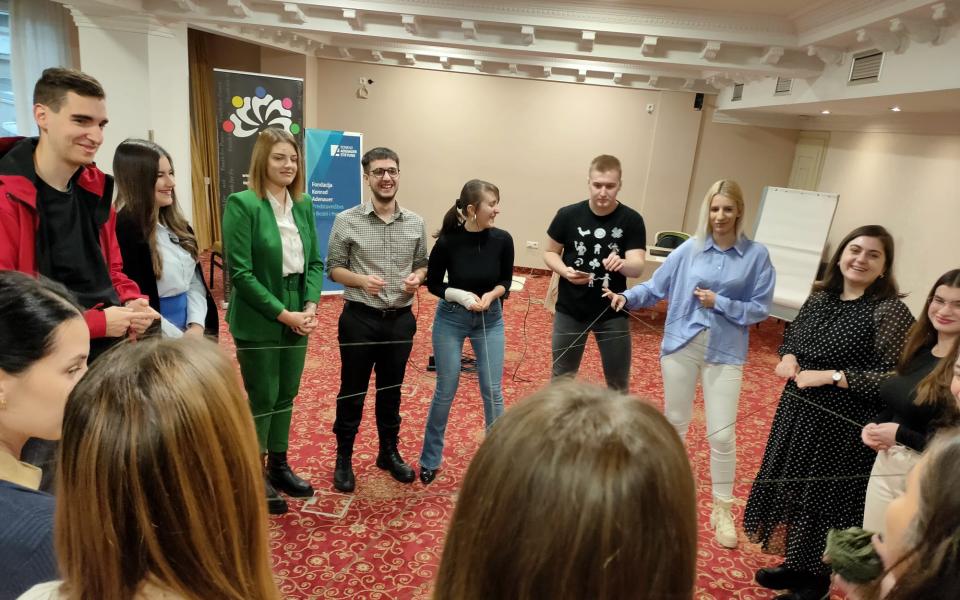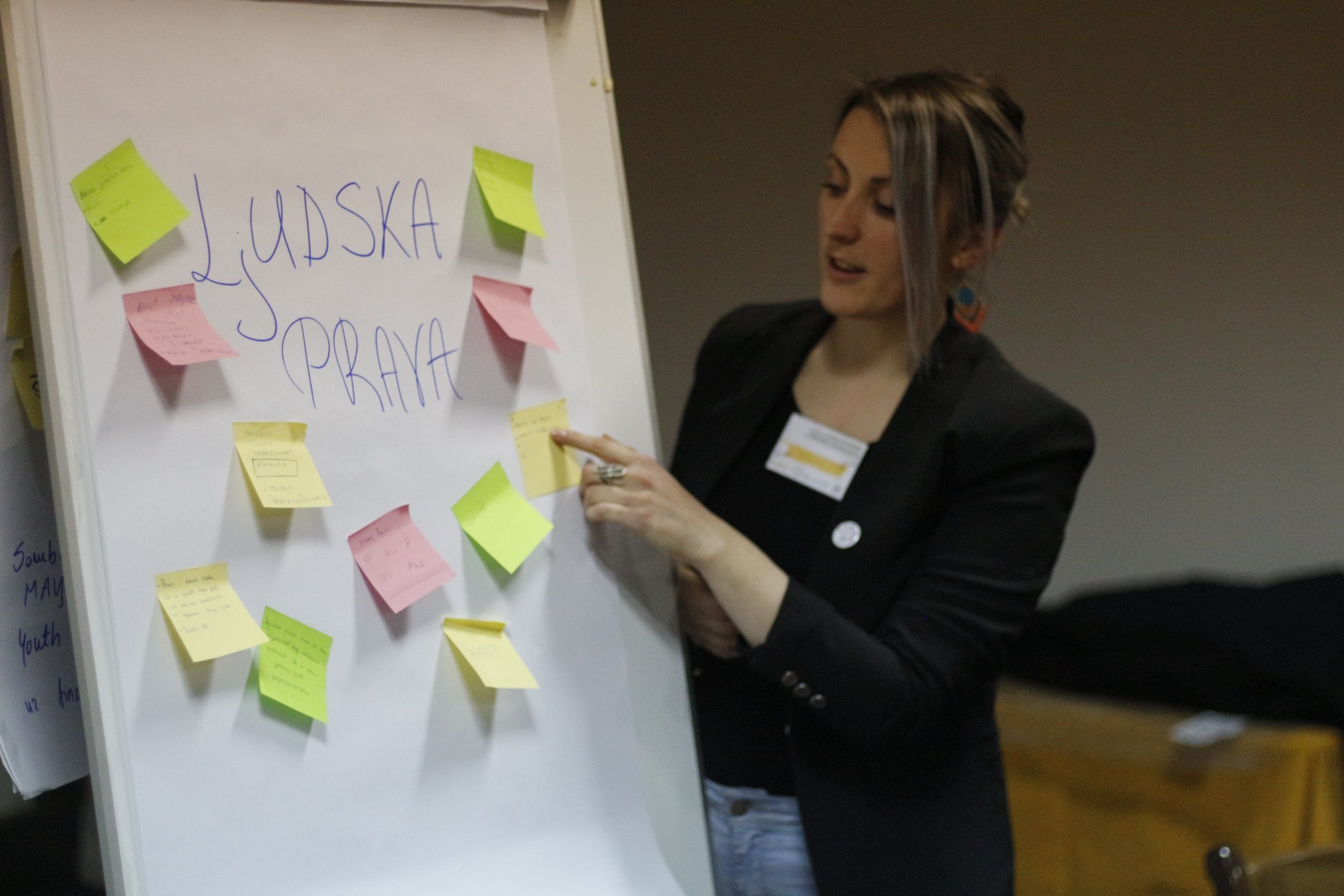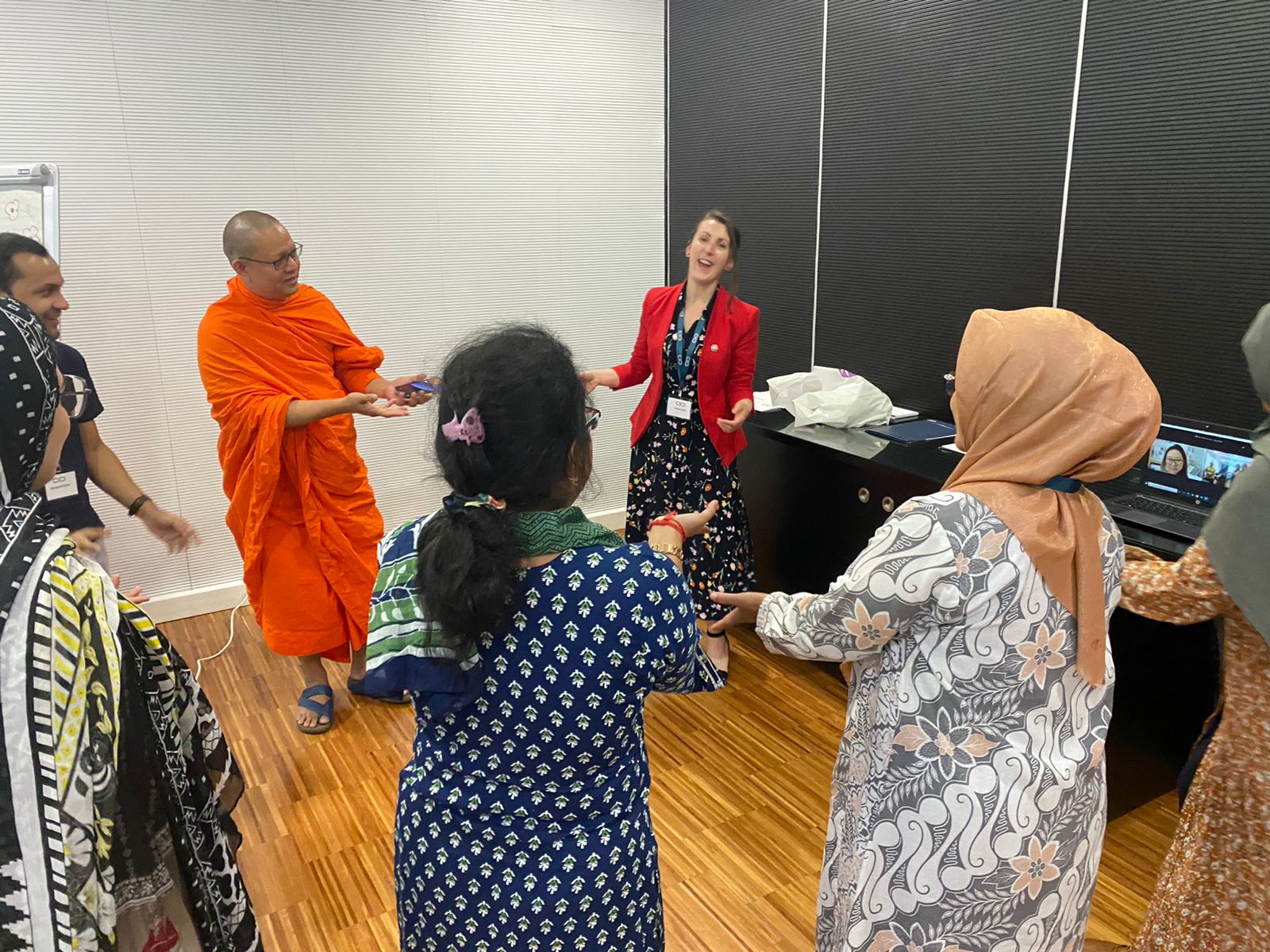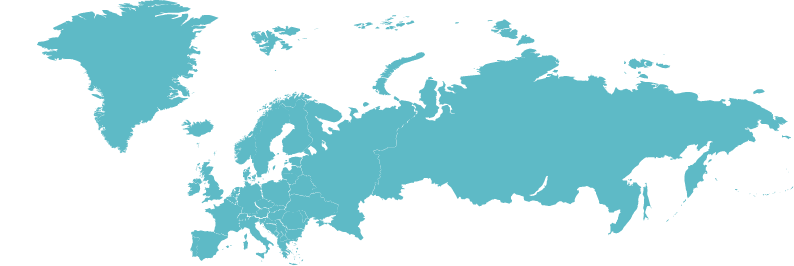
When I started my peace education journey, I barely knew what this syntagma meant. I was very versed and knowledgeable about the education part and the nuances of teaching, but the peace part, and especially the combination of peace and education was quite new to me. So, I was learning while working and immersing myself into peacebuilding in my postwar, still very conflicted country of Bosnia & Herzegovina.
In the process I discovered something called facilitation and being a facilitator, being someone who eases the process of learning and who facilitates learning space, instead of “instilling the knowledge into the heads of my participants”. I grew up and I was educated in a very traditional teacher-oriented system, where the teachers are the sole authority who possess all the knowledge. Of course there were some quite bright, but rare examples of the teachers and professors who were actually facilitators, who were leading us through the process of learning and working “out of the box”.

Over time peace education became my passion, and I even enrolled in another MA (Interreligious Studies and Peacebuilding) to enhance my knowledge on the peace and interfaith part of this equation. Now that I have more than 7 years of experience in my head, heart and hands I cannot but notice that peace education is still a very contested notion. Many things are being put under this umbrella term, people who work in the field are not always taken seriously as they should be, peace in general is taken for granted and all the efforts of countless people who work in the field are not emphasized and appreciated enough.
This article aims to bring a bit more clarity to this term, through a small desk research on the existing bibliography on peace education. Also, as someone who has been working for 7 years in the peace education sector, I want us to be clear that we know what we are talking about when we say that we are peace educators, since this discipline deserves more attention and much more credibility than it has been given to it. Let us begin with how and when peace education efforts started and later on we will focus on a description of peace education and contents of it, which will help us to understand branches of this type of education.
The term peace education can be traced back to the 17th century and Czech educator (pedagogue) named Jan Amos Komenský (Comenius), but the term and movement of peace education got its prominence and flourished with famous Italian educator Maria Montessori at the beginning of the 20th century. It is worth mentioning that way before the two of them, forms of peace education existed within different communities. According to Harris (2008) peace education has been practiced informally by generations of humans who wanted to resolve conflicts in ways that do not use deadly force. Indigenous peoples have conflict resolution traditions that have been passed down through millennia that help promote peace within their communities. Also, we should not forget to mention religious teachings that promote peace and uphold the peace education efforts for thousands of years. Religious and spiritual figures such as Buddha, Jesus Christ, Muhammad, Moses, Lao Tse or Baha’u’llah are often considered peace educators. Even though we should be aware that many religious teachings have been instrumentalized for the opposite as well, for wars and violence.
While reading different articles on peace education, I found the way that Kester (2010) describes peace education to be very clear and encompassing. He stresses that “in practice, peace education is problem-posing education that attempts to build in every person the universal values and behaviors on which a culture of peace is predicated, including the development of non-violent conflict resolution skills and a commitment to working together to realize a shared and preferred future”. He also adds that “peace education includes the cultivation of peacebuilding skills (e.g., dialogue, mediation, artistic endeavors). Peace educators, then, teach the values of respect, understanding, and nonviolence, present skills for analyzing international conflict, educate for alternative security systems, and use a pedagogy that is democratic and participatory. Thus, peace education as a practice and philosophy refers to matching complementary elements between education and society, where the social purposes (i.e., why teach), content (i.e., what to teach), and pedagogy (i.e., how to teach) of the educative process are conducive to fostering peace” (Kester, 2010: 2).
To help us better understand peace education (PE) it is useful to mention 5 principles of this education. According to Harris (2004) these 5 principles are the following:
- PE explains the roots of violence
- PE teaches alternatives to violence
- PE adjusts to cover different forms of violence
- Peace itself is a process that varies according to context
- Conflict is omnipresent
Now that we know what peace education is about, we could ask ourselves about the content and branches. Different authors propose diverse approaches to this question, but here I would like to emphasize the one from Ian Harris (2004) and Navarro-Castro and Nario-Galace (2010). Harris divides peace education into 5 categories: international education, development education, environmental education, human rights education, and conflict resolution education. On the other side Navarro-Castro and Nario-Galace propose a 10-fold model that besides the above mentioned 5 categories includes: disarmament education, global education, multicultural education, interfaith education, and gender-fair/non-sexist education.
To make peace education closer to us, I also would like to mention two models of peace education: Learning to Abolish War Model (Reardon and Cabezudo 2002)and Flower-Petal Model of Peace Education (Toh 2004).
|
Source: Learning to Abolish War: Teaching Toward a Culture of Peace (2002) | by the Hague Appeal for Peace Global Campaign for Peace Education |
|
As already noted, we need to be aware that it’s not just what we teach, but how we teach as well, i.e., how we facilitate the process of learning. It’s hard to imagine peace education programs and values, implemented through traditional authoritarian models of education that most of us grew up with. How can we practice nonviolent methods of resolving conflicts, when we impose on learners our own way of thinking, when we ask them to learn things through rote learning, instead using meaningful or active learning through which they can develop critical thinking skills.
Ian Harris (1988), one of the leading authors in the field of peace education, stresses a holistic approach to peace education that could apply to community education, elementary and secondary schools, as well as college classrooms. According to him, peaceful pedagogy must be integral to any attempt to teach about peace and key ingredients of such pedagogy are cooperative learning, democratic community, moral sensitivity, and critical thinking. Duckworth (2008) emphasizes that for peace education to be effective, the methods teachers and administrators use must be consistent with the values purportedly being taught to students. They must be modeled as well. The implicit curriculum must harmonize with the explicit curriculum.
In the words of Kester (2010) “an education for peace program, thus, pedagogically emphasizes values (tolerance, respect, equality, empathy, compassion), capacities (cultural proficiency, sensitivity), skills (nonviolent communication, active listening, competence in a foreign language, gender-inclusive language), and knowledge (of history and cultures, peace movements) for peace. The pedagogy includes cooperative learning activities, gender perspectives, creative reflection and journaling, theatre games, role-plays, empathy-building activities, and alternative futures exercises” (Kester, 2010: 5).
One very important thing we need to mention and know about peace education, is that this education depends on the context. Peace educators around the world practice different approaches and different types of peace education depending on what is a burning issue in their communities. For example, somewhere conflict resolution education is more needed than global education or environmental education, due to ongoing religious, ethnic, or national hostilities. This doesn’t mean that other types of peace education are not important or needed, but one type is more urgent than the other. And of course, the content facilitated, relies heavily on the context.

Now that we know all this about peace education, we can ask a question where to teach peace education and in which manner. Should it be in formal or non-formal contexts, should it be taught as a single subject, or should it be holistic and transdisciplinary? I think a very good answer could be found in the Declaration and Integrated Framework of Education for Peace, Human Rights and Democracy (1995) which suggests that education for peace must be trans-disciplinary and included in all learning spaces. It should not be limited to a single classroom or subject. The institution or space in which education for peace operates should be in harmony with the goals and lessons of peace education and peace education should be integrated into all learning spaces.
And last but not the least, comes the question, why do we need peace education?
Like many other things, I believe that education can be used for both: as a space for nurturing and developing cultures of peace or cultures of war. This solely depends on us, i.e., if we want to see our youth militarized, afraid of the other ethnic and religious groups, afraid of their neighbors, ready to obey and listen to calls for violence in order to protect their land, culture, religion etc. (for the gains of the elites who profit from the war) or if we want our youth to think critically, know their neighbors, be culturally sensitive, ready to speak to and understand those who belong to other groups, who are often portrayed as enemies. It also depends on us if we will employ education as a way to protect our environment or if we will teach our children to exploit the planet and its resources for their own gain (including waging wars that could destroy our habitat). The future is blurry and unknown, but it is up to all of us to shape it and give our best to actually leave a planet where our children and grandchildren can live (in peace).
